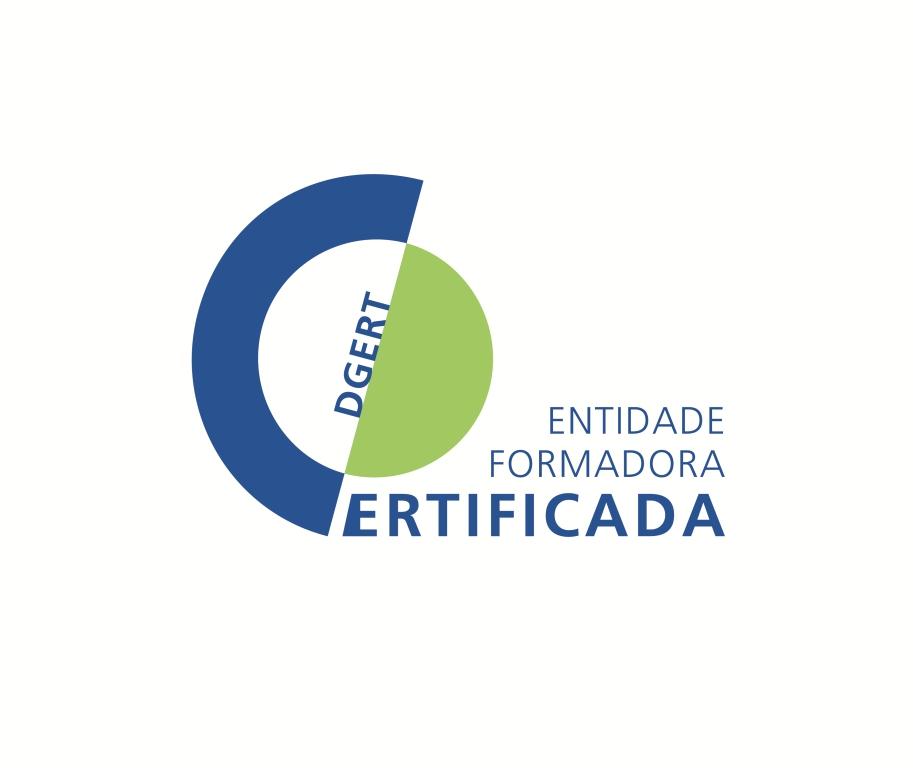The Certification system for training providers is regulated by Portaria (Ordinance) nº 851/2010 that was amended by Portaria (Ordinance) nº 208/2013. The General Directorate for Employment and Industrial Relations (DGERT) of the Ministry of Labour, Solidarity and Social Security, has the responsibility for quality certification of training providers.
The principal objective of the system is to improve capacity, quality and reliability of vocational education and training (VET) through the accreditation of VET providers. Certified VET providers enjoy a competitive advantage, while a guarantee of clear commitment to higher quality is offered to learners. Certified VET providers also receive from DGERT an exclusive certificate and a logo. DGERT ensures the promotion of certified VET providers, as well as certificate revocation and expiry.

Certification can be granted to any legally established public or private entity which meets requirements regarding its structure and training practices. To date there have been 3 629 submitted requests and 2 404 certified providers, 28 revoked certifications and 104 audits performed.
Certification benefits
- Quality certification
- Training diploma referenced to national qualifications system
- Access to national or community public funding programmes for vocational training
- Tax exemption on VAT for training products and services
- Deduction of training expenses in individual income tax
Certification process
The requirements for the certification of VET providers are divided into two groups:
- Prerequisites: To apply for certification, VET providers should meet essential legal conditions.
- Quality requirements: The quality requirements of VET providers refer to:
- the internal structure and organisation (human resources, facilities and equipment) of the provider;
- the development process of training programmes (planning, design, organisation, development and training assessment);
- assessment of outcomes and continuous improvement (post-training follow-up, annual assessment of results, constant improvement measures).
As in the following graph, certification is organised in two main stages, in which both VET providers and DGERT take part.

Initial certification
VET providers should define the training or education programme which will be under evaluation and self-evaluate its structure and practices against the quality standards.
Subsequently providers submit an electronic request for certification to DGERT, which can then carry out evaluation (technical, documentary or audit-supported) to certify that they can develop a training programme in a specific thematic area.
As long as certified VET providers meet requirements, they can develop a new training offer and request extension of their certification to other education or training thematic areas. It is also possible to transfer the certification to another VET provider, given that the structure and the organisation of the training programme remain unchanged.
Regular audit
Once certified, VET providers must ensure compliance with the requirements under which the certification was awarded, as well as with the related duties defined in the standard. Maintaining certification is assessed by DGERT through audits considering the results of providers’ training activity. This can also include a process of self-assessment and evaluation of performance indicators.
More information:
Direção de Serviços de Qualidade e Acreditação of Direção-Geral do Emprego e das Relações de Trabalho


